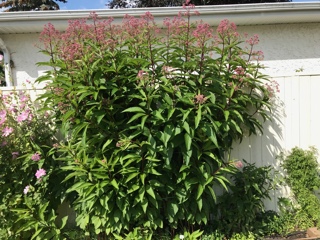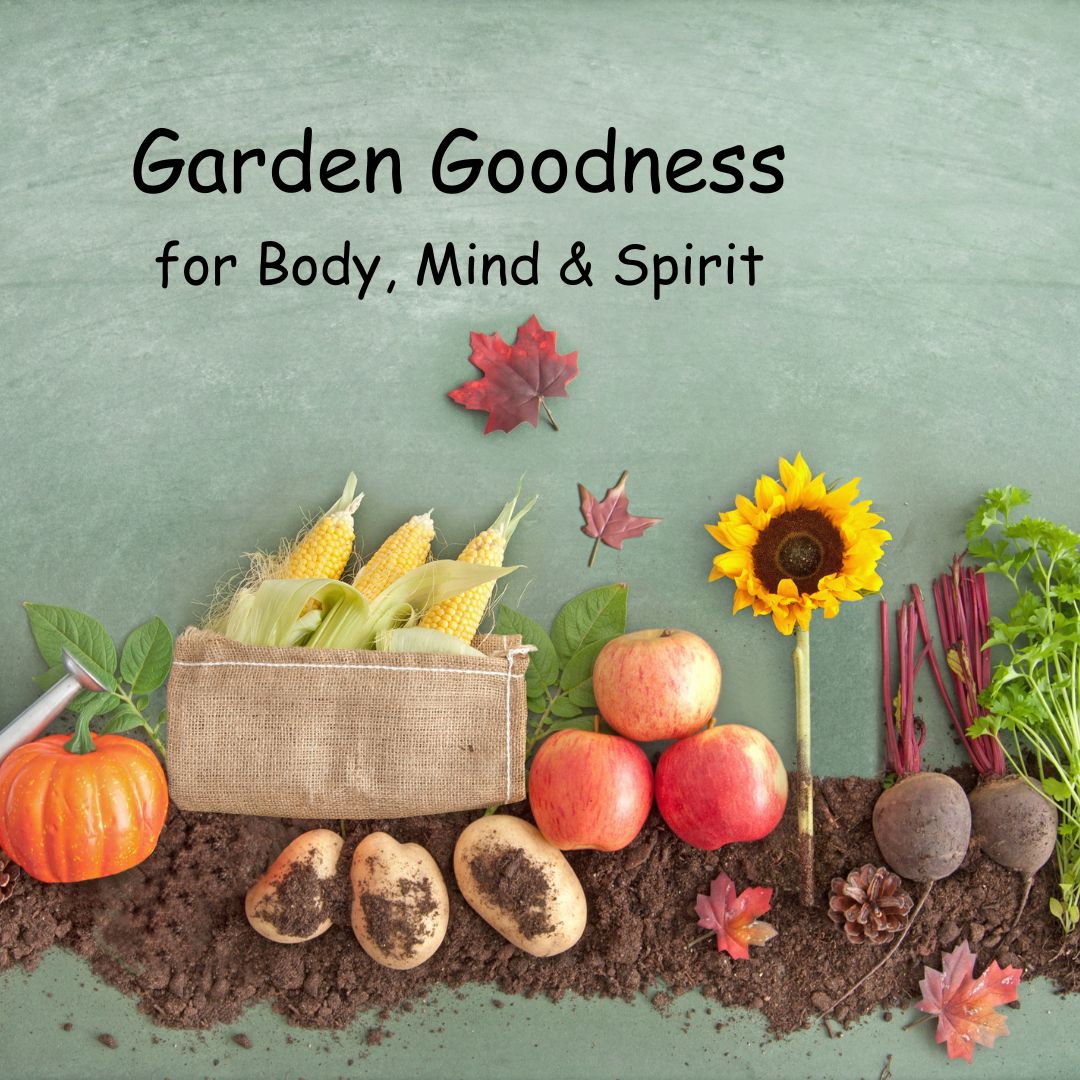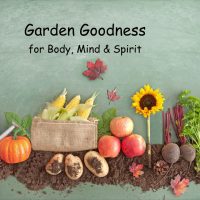
To start, here is a pic of Westwood’s Gardeners. Me (Lindsay), Shana in front, Christine behind me, Dawn & Margret.

We rely heavily on bees and other insects to pollinate much of our grown food. Three-quarters of all flowering plants require pollinators., Pollinators include bees, wasps, butterflies, moths, and birds. There are over 300 species of native bees in Alberta alone. Native bees are adapted to Alberta’s conditions and plants and are our most effective pollinators.
Only about half of native bees can sting and a then only the females. They usually only sting when they are squished, stepped on or caught in clothing. I’ve spent a lot of summers working & taking pictures of pollinators at their favourite flowers in the Westwood garden and never had any come near me.
The Leafcutter bee, pictured right, is the most common in Alberta.
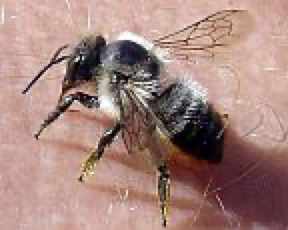
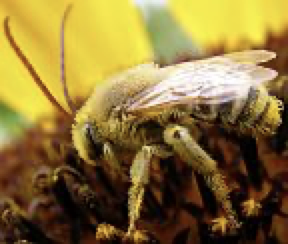
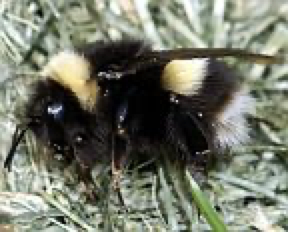
Most of Alberta’s native bees are solitary. Solitary bees live on their own and are not aggressive. About 70% of wild bees nest in the ground and 30% nest in cavities and stems. Providing habitat (nesting sites) is easy. Leave patches of bare soil and leaf litter for ground-nesting species. Allow stumps and tree deadfall to remain where it lands, or artfully arrange it … collect twigs and branches … build small gravel or rock piles in sunny locations. The birch tree on our neighbour’s boulevard dropped some branches so I’m going to “artfully arrange” them in Westwood’s garden.
Put up a bee hotel to provide additional nesting habitat for urban cavity-nesting bees. When constructing native bee nests, do your best to use natural materials, found outside. Allowing your raspberry, elderberry and other spent canes to remain is the best way to attract the next generation of potential pollinators in your area. Trim them so that about 6 inches remains. You can even stick the tops back into the ground randomly, providing further habitat. I’ve collected a lot of raspberry canes to use as plant stakes so some are going to be stuck in the ground for the bees. If possible I’m going to place them where they get morning sun as it will warm them up quickly in the morning.

I’m going to build some like this . They shouldn’t be in the wind or rain so I’ll put them on the ground.
This link is to instructions for building a tunnel nest.
Other ideas to encourage pollinators
- When choosing plants, consider native plants, or at least cultivated varieties that haven’t been bred to be excessively showy — the most ornamental flowers have usually developed double petals and other fancy features at the expense of the pollen and nectar that bees depend on.
- Use flowers with a variety of flower shapes, sizes, colours, and flowering times.
- Try companion planting in your vegetable garden as a natural pest control. While marigolds are my least favourite flower (I dislike yellow & orange) I may plant a few if I can’t find native plants that will do the job, &
- Eliminate the use of herbicides & pesticides.
Lessons learned
I’ve learned a lot since joining the Alberta & Edmonton Native Plant Societies as well as the Edmonton Horticultural Society. Here are some ideas.
The best way to freeze tomatoes for later use is to wash, dry & freeze them in bags. I always blanched them and took off the skins but apparently they come off easily after freezing. I also deseeded them but that isn’t necessary either. I spent a lot of time & made a lot of mess with my previous method.
To encourage native pollinators put several of the same plant together in one spot so they don’t have to hunt them out in the garden. Unfortunately I bought one or two of each plant and spread them out amongst the non-native plants in the front & west side gardens at Westwood. I’m going to get more of each plant & move each variety to one spot in the garden this fall & next spring.
Contrary to what is touted by some, dandelions are very poor nutritionally for native bees. If that is mostly what they feed on they eat their own eggs to get the nutrition they need.
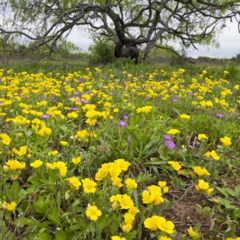
I learned that my vegetable gardening style is called Small Scale No-Till Gardening. I’m going to use the advice from this e-book: Small Scale No Till Gardening Basics: The Real Dirt on Cultivating Crops, Compost, and a Healthier Home by Anna Hess to get rid of the weeds & plants next to the church on the west side. I’ll use a kill mulch (cardboard covered with straw) over the winter. I think a ‘lawn’ of micro-clover & grass will look much better than what is there now. I may put in some native plants or even veggies there as well. OOH! Now I’m thinking it could be all vegetables for Edmonton’s Food Bank! I’ll see how much energy I have in the spring.
This fall I’m going to sell or give away some of the non-native plants to make room for native ones. I’m thinking the pink mallow (2 or 3) a bit south of the porch, the Joe-Pye Weed (5 or 6) beside the mallow, the bleeding hearts( 2 each) , a couple of the hostas, the white pansies & some others, in the front gardens. Contact me if you want any of them. They will be cheaper for Westwood & UCE members.

